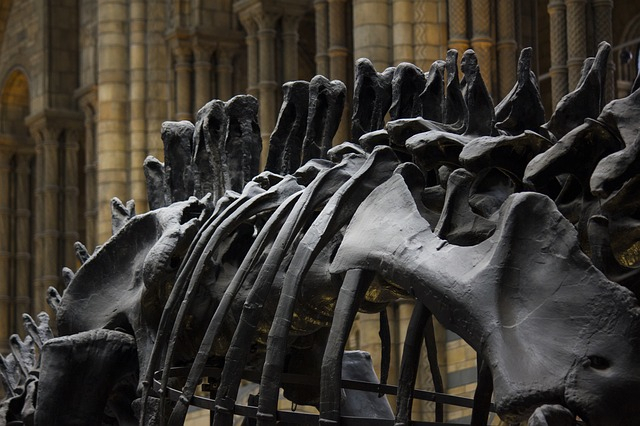
A team of scientists has discovered fossils of a new dinosaur species with a unique heart-shaped tail. After making the discovery, researchers who took part in the research revealed that this herbivore dinosaur lived in Africa at least a 100 million years ago.
It should be also noted that this new dinosaur is the member of the titanosaurs, widely considered the largest animal ever roamed on the earth. The research report published in the journal PLOS ONE reveals that this dinosaur which is being now named Mnyamawamtuka moyowamkia might have weighed at least 20 tons upon its maturity.
Researchers made this discovery in a riverbed in the East African Rift system of Tanzania. Earlier, it was believed that titanosaurs were abundant in South America. Later, fossils unearthed from Egypt, Tanzania and other parts of the African continent along with this new finding is expected to give a new dimension to the study of dinosaurs' ecosystem development and evolution.
As per Eurekalert.org Dr Eric Gorscak, a PhD graduate of Ohio University, current research associate, and professor at Midwestern University and the lead author of the study said, "Although titanosaurs became one of the most successful dinosaur groups before the infamous mass extinction capping the Age of Dinosaurs, their early evolutionary history remains obscure. Mnyamawamtuka helps to tell those beginnings - especially for their African-side of the story."
Interestingly, two other dinosaur fossils were also discovered from the same area during the excavation. However the fossil of Mnyamawamtuka seems so complete, and it helped experts to conclude that it had a heart-shaped tail.
Dr Patrick O'Connor, professor of anatomy at Ohio University, co-author of the study revealed that this new discovery is connecting the missing dots in the African ecosystem during the Cretaceous period.
"Each new discovery adds a bit more detail to the picture of what ecosystems on continental Africa were like during the Cretaceous, allowing us to assemble a more holistic view of the abiotic change in the past," said O'Connor.









